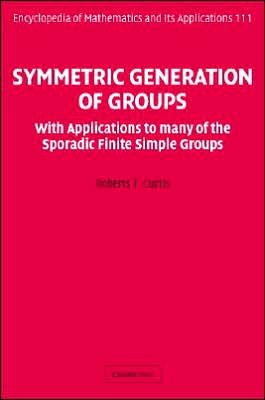
Symmetric Generation of Groups PDF
Preview Symmetric Generation of Groups
Some of the most beautiful mathematical objects found in the last forty years are the sporadic simple groups, but gaining familiarity with these groups presents problems for two reasons. Firstly, they were discovered in many different ways, so to understand their constructions in depth one needs to study lots of different techniques. Secondly, since each of them is, in a sense, recording some exceptional symmetry in space of certain dimensions, they are by their nature highly complicated objects with a rich underlying combinatorial structure.
Motivated by initial results on the Mathieu groups which showed that these groups can be generated by highly symmetrical sets of elements, the author develops the notion of symmetric generation from scratch and exploits this technique by applying it to many of the sporadic simple groups, including the Janko groups and the Higman–Sims group.
